Well, we didn’t do it all ourselves, there were those original French efforts in the 1800’s, and then the US work in the early 1900’s.
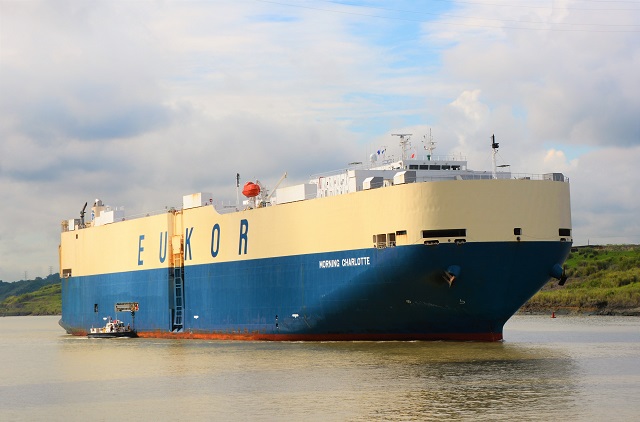
We were curious about the purpose of these large floating boxes. We learned they are car carriers. Cars don’t lend themselves well to being shipped in containers, but they need to be protected from salt spray. These ships have large ramps so the cars can be driven on and off like a large ferry without passengers.
Checking out the window as soon as we woke, we were still staring at the boards of the dock. Knowing we were not going to make the planned destinations for the day we took our time getting up and learned at breakfast that we were docked right where we had stopped the night before, but it sounded promising that we would be leaving soon. We were very happy that we were not going to be stranded in the Panama Canal for days and that we would transit the entire Canal in daylight. And we got to sleep in the Panama Canal! How many people can say that?
We watched as tugs got the Planet V, docked in front of us, on her way and then it was our turn to head back down the Canal and into Culebra Cut, which is the section of the Canal that the French worked on. We were all excited to be on our way in the daylight, but the true fun was seeing the pure delight of all the crew members who were finally getting to see it all in daylight for the first time.
We were amused to watch a pilot boat trying to wake up the residents of the yacht docked behind us. It took quite a while, and you could tell they were getting exasperated as the beeps turned to honks turned to blasts. Understand that you can’t proceed through the canal without a pilot, and you need to stay on schedule, so they had an appointment with the pilot to keep.
From the bridge where we overnighted we moved on through another 8 miles of canal until we came to Lake Gatun. The lake is artificial. The river was dammed when the canal was built in order to provide the water to feed the locks. The locks (except for the new larger locks that opened last year and use pumps to reuse water) are entirely operated with gravity flow water from the lake out to the ocean, similar to the Ballard locks.
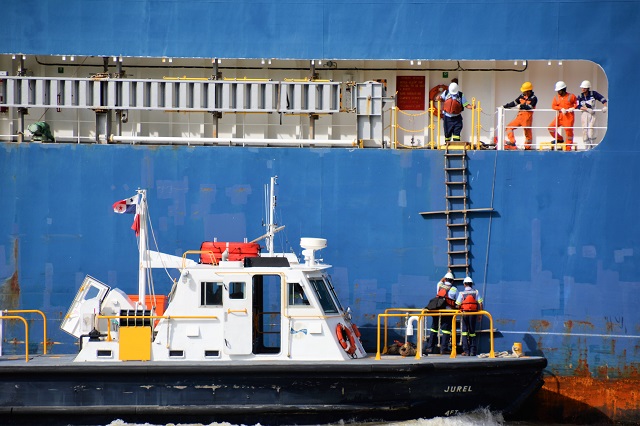
Transferring workers (probably line handlers – in the cnal they don’t trust you to handle your own lines as a small mess up could have big consequences)
Finally we reached the North locks (the canal actually runs North/South rather than East/West, with the Pacific being to the South and the Atlantic being to the North). Lunch was served up in the 3rd floor lounge so we could watch the action going through. We will probably always associate going through the locks with eating a good meal. That’s not a bad thing.
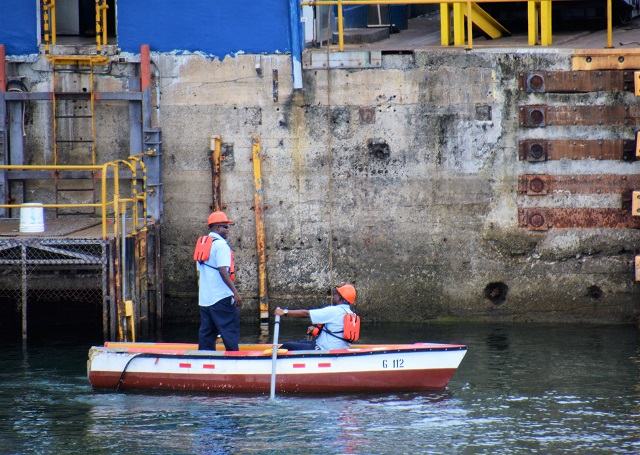
The low tech row boat seems, after many experiments with other means, to be the best tool for assisting with getting lines to ships
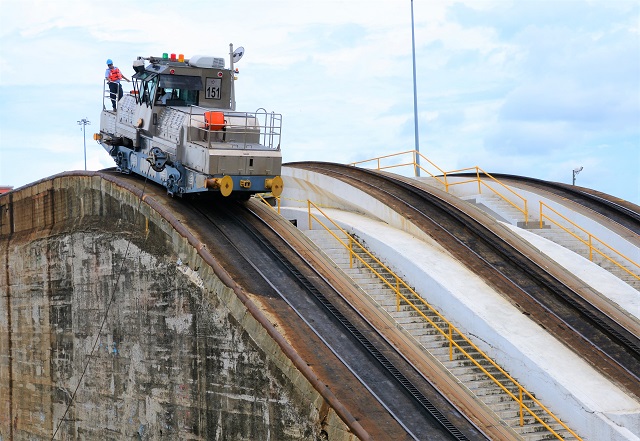
Mules have to change elevation as locks change elevation of ships – looks like an industrial roller coaster!
After exiting into the Atlantic, we got a short visit to the town of Portobelo to make up for not getting to visit Fort San Lorenzo due to our delayed transit. Not that any of us where complaining. Getting to go through much of the canal in daylight had been a real treat. Only our friend the law professor had been disappointed by the delay, as it meant he was not able to visit the mouth of the Chagres River, which featured prominently in some historical research he was doing (and was much of the reason for he and his wife taking this particular trip).
Portobelo is an old Spanish colonial town with some interesting old fortifications. It was Columbus’s last mainland stop on his last voyage. It became an important port for shipping silver back to Spain, and it is said that Sir Francis Drake is buried nearby. Over the years the port was attacked by the privateer’s William Parker and Henry Morgan (not the one from MASH), as well as by the English navy. Today it is a sleepy little town with a population of around 4500.

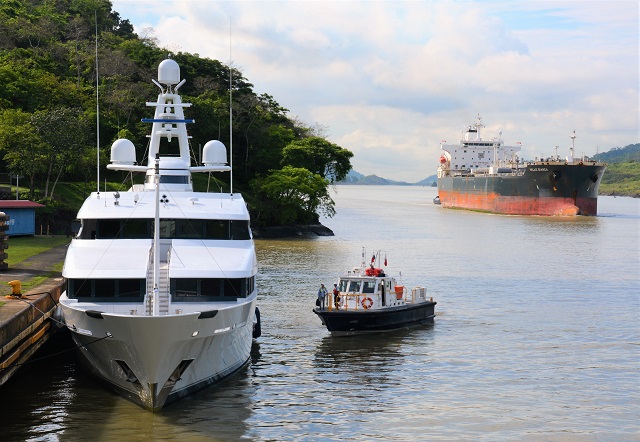
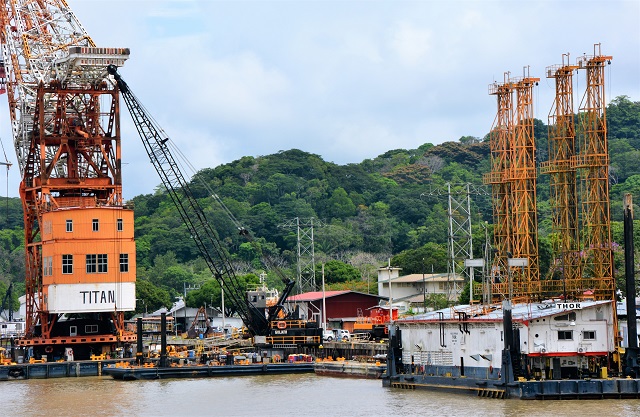
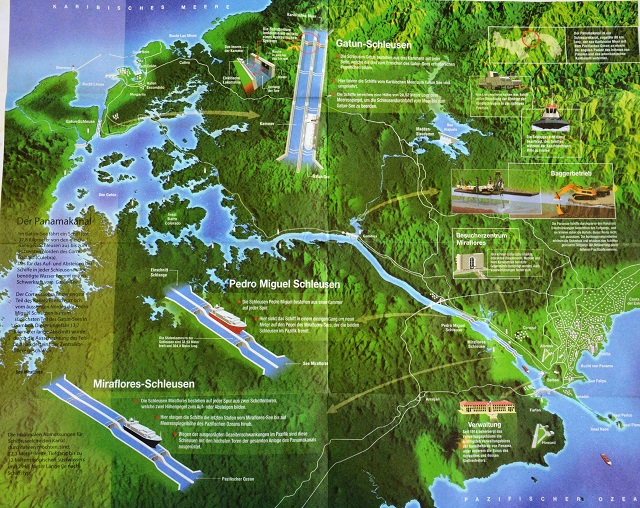
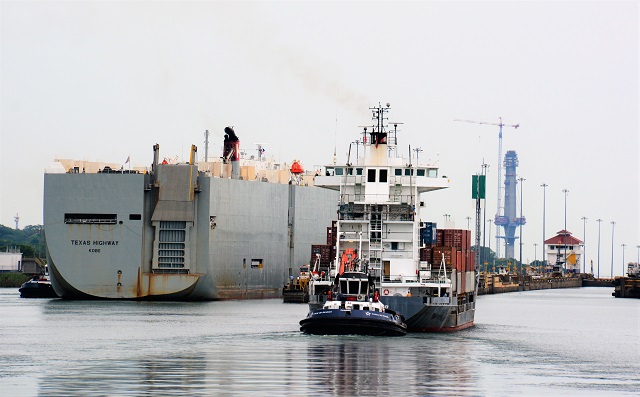
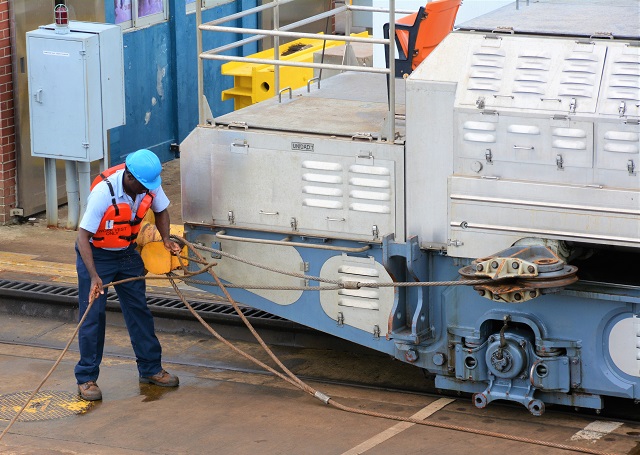
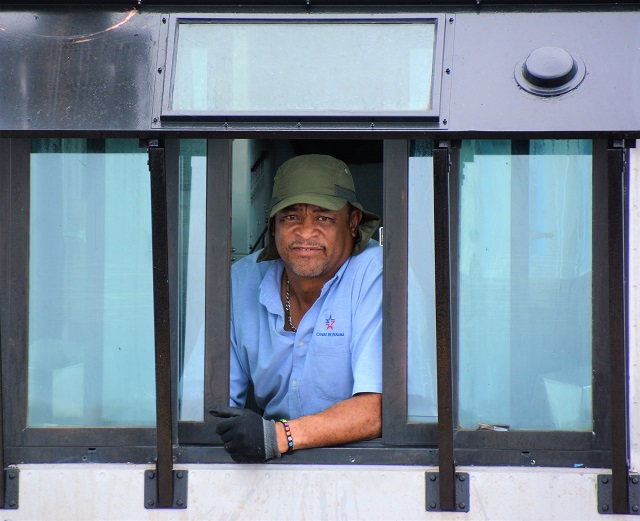
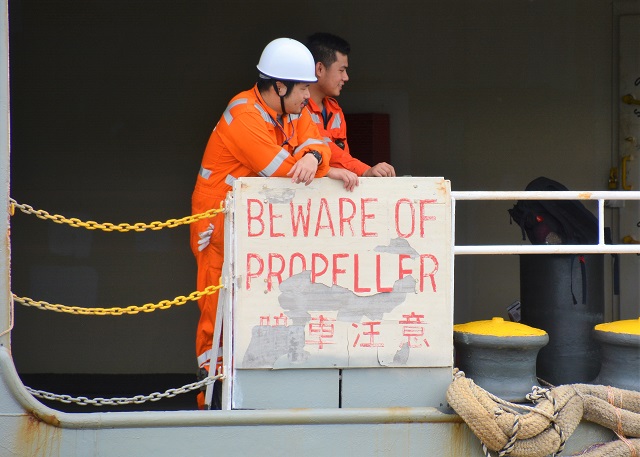
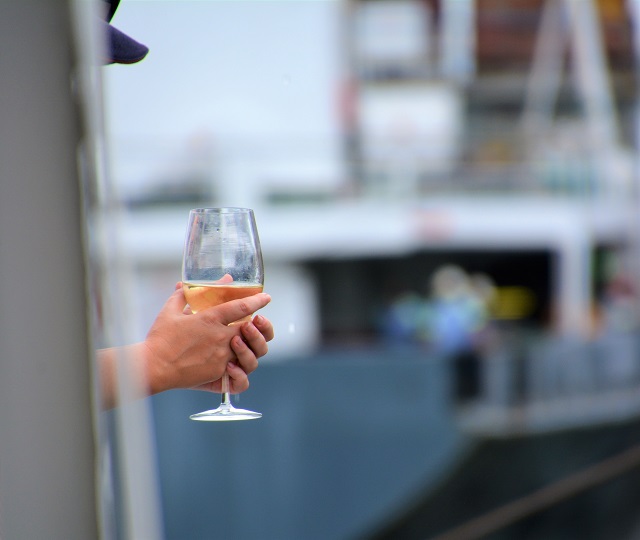
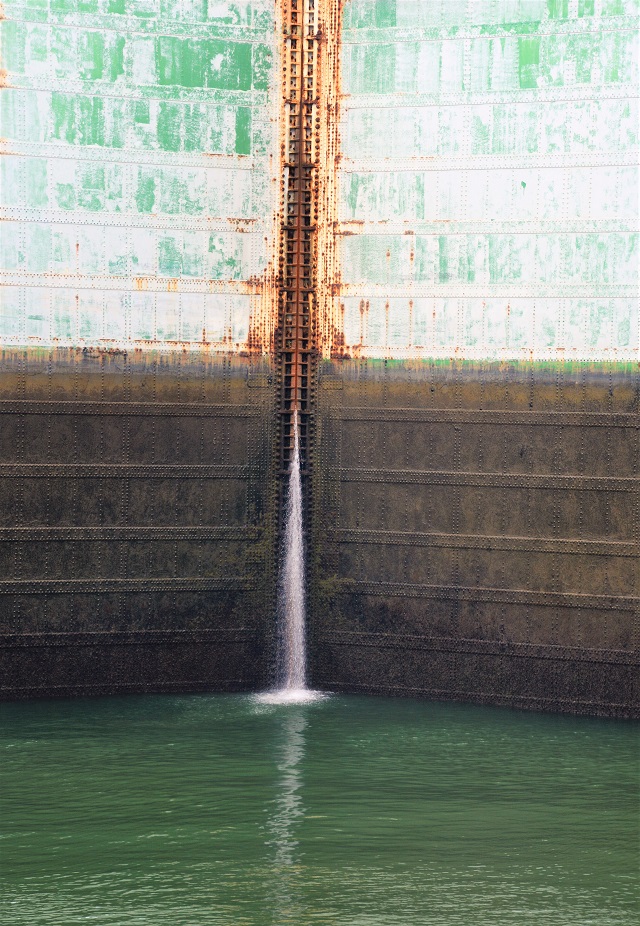
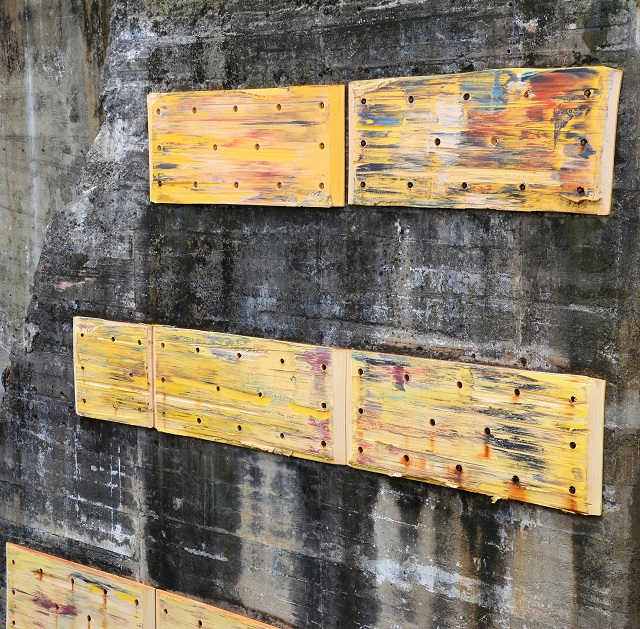
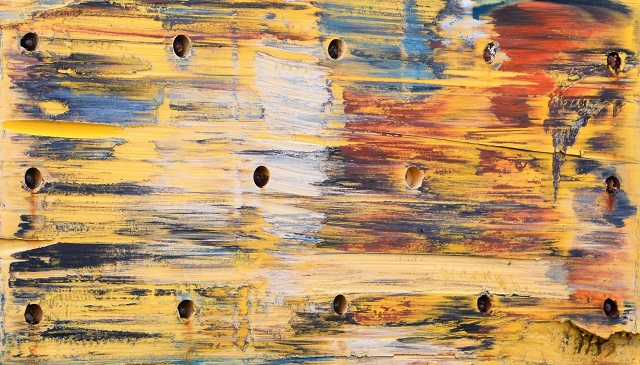
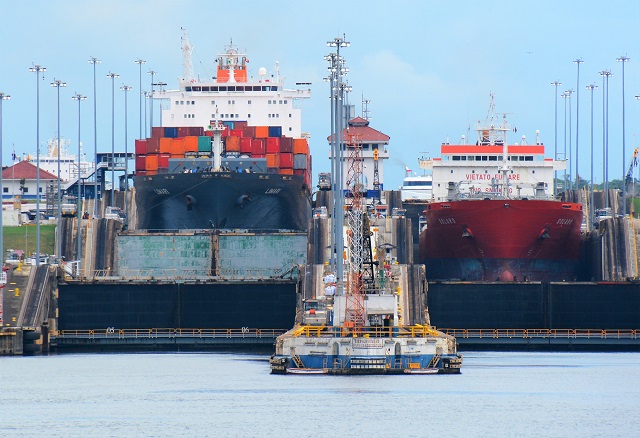
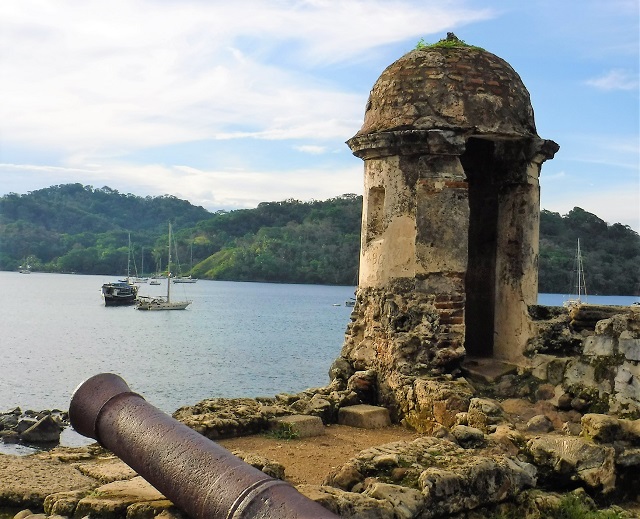
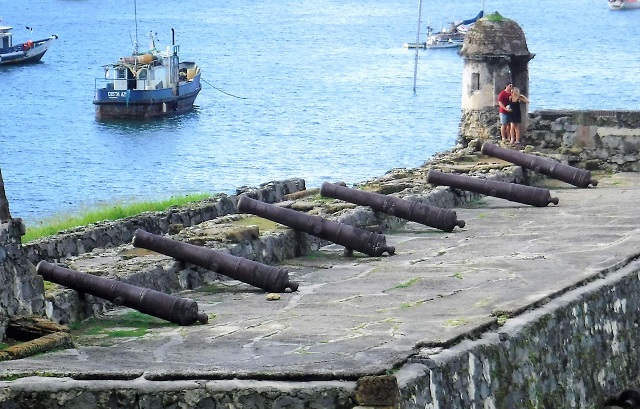
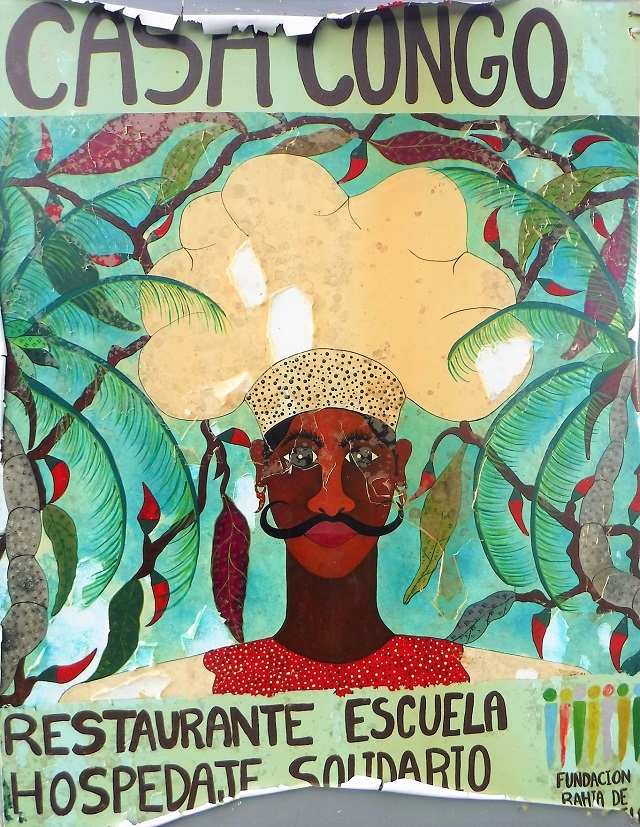

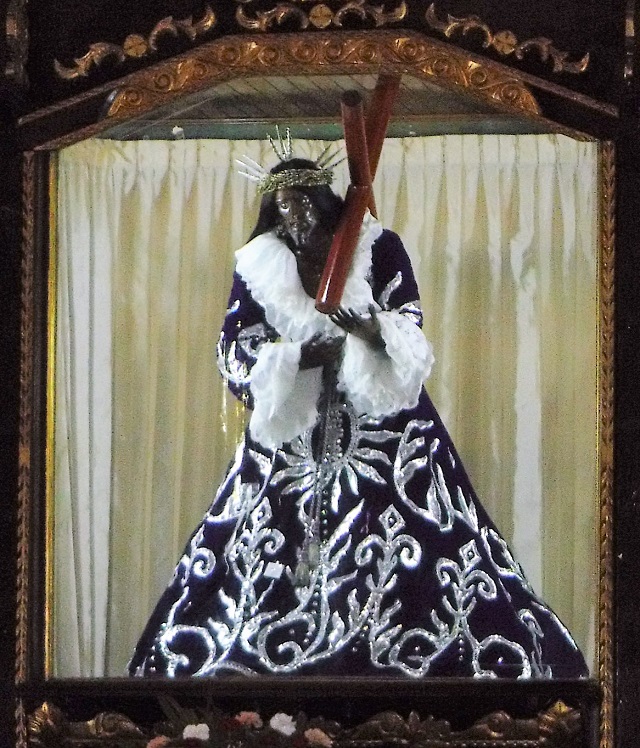
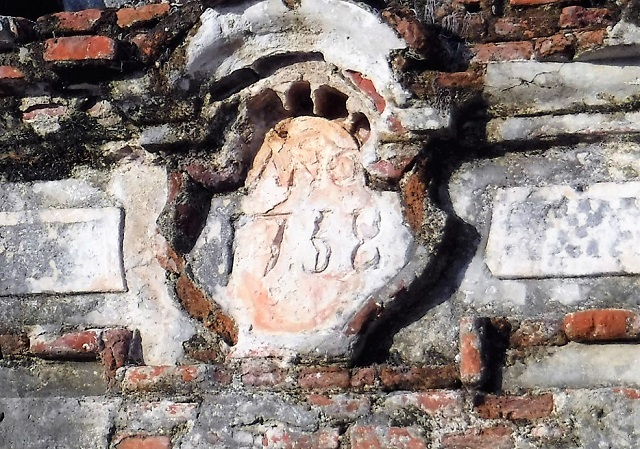
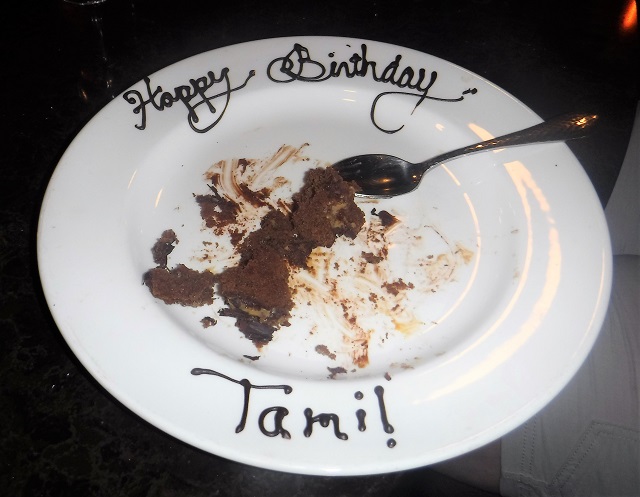
What fabulous pictures- so colorful and interesting!
Thank you much! The work plan on this trip was Tami took most of the pictures and Mike was the photo editor (cropping and tweaking).